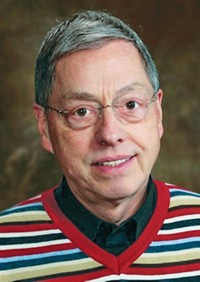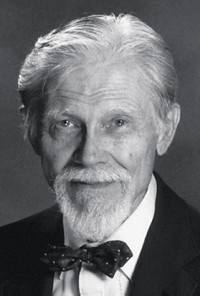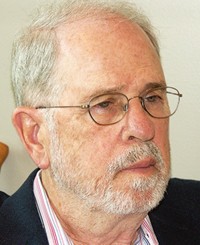Advertisement
Grab your lab coat. Let's get started
Welcome!
Welcome!
Create an account below to get 6 C&EN articles per month, receive newsletters and more - all free.
It seems this is your first time logging in online. Please enter the following information to continue.
As an ACS member you automatically get access to this site. All we need is few more details to create your reading experience.
Not you? Sign in with a different account.
Not you? Sign in with a different account.
ERROR 1
ERROR 1
ERROR 2
ERROR 2
ERROR 2
ERROR 2
ERROR 2
Password and Confirm password must match.
If you have an ACS member number, please enter it here so we can link this account to your membership. (optional)
ERROR 2
ACS values your privacy. By submitting your information, you are gaining access to C&EN and subscribing to our weekly newsletter. We use the information you provide to make your reading experience better, and we will never sell your data to third party members.
Analytical Chemistry
Richard E. Smalley, 1943–2005
by Rudy Baum, Editor-in-chief
November 7, 2005
| A version of this story appeared in
Volume 83, Issue 45
Richard E. Smalley, a giant in the field of nanotechnology who shared in the 1996 Nobel Prize in Chemistry for the discovery of fullerenes, died on Oct. 28 after a seven-year battle with leukemia. He was 62.
Smalley spent most of his career at Rice University, where he was a professor of chemistry and of physics and founding director of the Center for Nanoscale Science & Technology.
He shared the Nobel Prize with fellow Rice chemist Robert F. Curl Jr. and British chemist Sir Harold W. Kroto for their 1985 discovery of buckminsterfullerene (“buckyball”), a new form of carbon. The finding of this 60-carbon cage molecule opened a new field of research that led to the discovery, elsewhere, of carbon nanotubes-tubular fullerenes that soon became the focus of Smalley's research. Over the years, he and his coworkers developed improved methods for making high-quality single-walled nanotubes, which are highly desired for many applications.
Smalley considered nanotubes to be a wondrous material that could help humanity achieve some of its most challenging goals, such as the quest for clean, inexpensive energy. In 2000, he helped found Carbon Nanotechnologies Inc. to produce “buckytubes” for the benefit of society.
Smalley also became a peripatetic spokesman for nanotechnology, crisscrossing the country to give speeches, testify before Congress, and meet with government, academic, and industrial leaders. In 1999, he supported the National Nanotechnology Initiative and is credited with playing a crucial role in getting it approved by Congress. Federal spending for this sweeping R&D program is topping $1 billion this year.
Even before his work with fullerenes, Smalley had made important contributions. He pioneered the use of supersonic jet cooling in conjunction with laser spectroscopy to simplify complex spectra and observe van der Waals molecules and free radicals. He also combined laser vaporization, jet cooling, and laser spectroscopy to study metal clusters and their chemistry. This work led to his study of carbon clusters and the discovery of fullerenes.
Any one of these accomplishments would make for “a rather good career for most scientists,” Curl tells C&EN. “Taken together, they are simply breathtaking.”
Smalley's scientific colleagues remember him for his intensity, focus, and passion for science. “His mind was like a searchlight bringing whatever it looked at into clarity,” Curl says. “He was such a fighter that, until the last few days, I believed he would beat the cancer, just as he succeeded in beating all technical problems.”
“He was always an iconoclast, always looking for the unexpected, the signal he didn't understand,” remembers Naomi J. Halas, another Rice colleague. Projects that went as expected tended to bore him, she says.
One of Smalley's most ambitious programs was launched in April with $11 million in funding from NASA. The program is aimed at the construction of a “quantum wire”-a continuous cable of carbon nanotubes that, Smalley said, “will conduct electricity 10 times better than copper yet have only one-sixth the weight … and a tensile strength greater than steel. If we succeed, we'll be able to rewire the world, replacing aluminum and copper in virtually every application and permitting a vast increase in the capacity of the nation's electrical grid.”
Rice chemistry professor James M. Tour, a close friend and collaborator, marvels at the intricately detailed drawings of equipment that Smalley included in his research notebook. “It reminded me of the notebooks of Leonardo da Vinci-the musings of a genius,” Tour says. “Indeed, a Leonardo da Vinci has passed.”






Join the conversation
Contact the reporter
Submit a Letter to the Editor for publication
Engage with us on Twitter